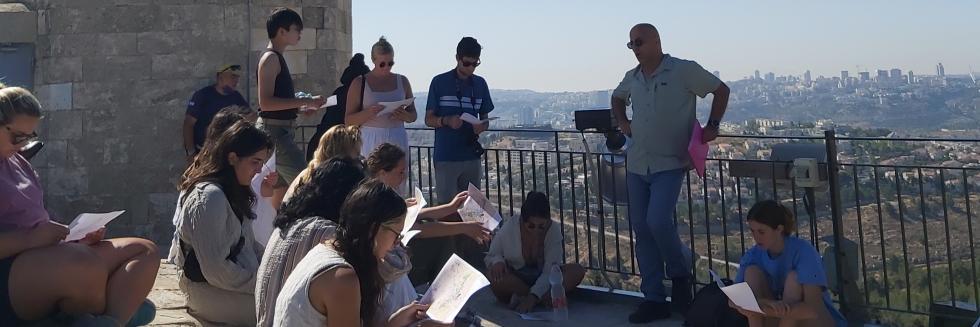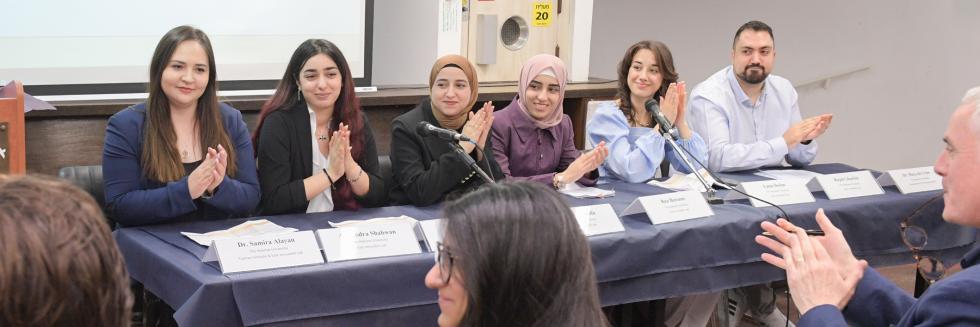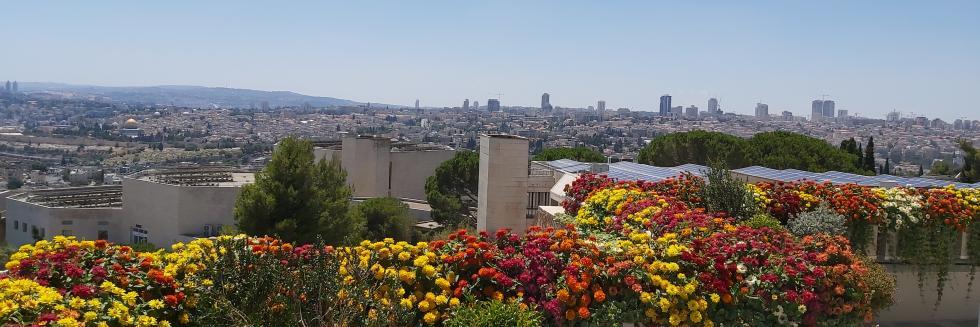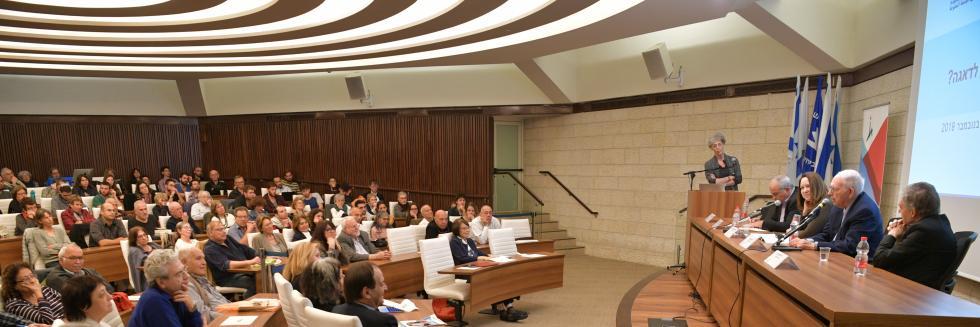Dr. Fahima Abbas
Areas of Expertise: Arab middle-class ,strategies for integration in urban spaces such as metropolitan structures and divided cities, spatial inequality, migration and commuting
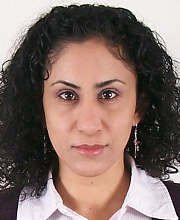
Research Abstract
"Integrating the Palestinian Middle Class into the Israeli Economy and Society"
Do the violent events occurring between the Palestinian and Israeli sides indicate a failure to integrate the Palestinian middle class of East Jerusalem into the Israeli space?
This research is a continuation of research that deals with the topic of integration of the Arab middle class in the Haifa and Tel Aviv metropolitan areas, research that emphasizes the growing trend of integration, due to the processes of metropolitanization and modernization, which intensify the integration process and provide the middle class with the tools required to break down the economic and cultural barriers, a process that – in turn – contributes towards socioeconomic mobility towards the country's urbanized centers.
The process of integration began showing first signs amongst the East Jerusalem middle classes within the Israeli space before the outbreak of violence between the two sides. This trend expressed itself through integration in academic studies at the Hebrew University and the David Yelin College, in economic integration through the development of employment opportunities, shopping and leisure activities in the Israeli areas, and in residential integration through migration to Jewish neighbourhoods, such as the French Hill, Pisgat Ze'ev and Gilo.
Studies that have dealt with the integration of East Jerusalem's Palestinian population into the Israeli space implicate the language barrier – not knowing Hebrew, the unavailability of education and training that is recognized by state institutions in various fields, and the activities of Israeli Palestinian immigrants to Jerusalem as a mediating class between the public and private Israeli institutions – on one hand – and the Palestinian residents of Eastern Jerusalem – on the other (Masry-Herzalla, Razin and Choshen, 2008).
These studies highlighted the operative elements as a mechanism that hinders the process of integration that is at the basis of the historical-political context of the (East Jerusalem) Palestinian-Jewish (population) rift. These include: a national conflict, social inequality, internal and external barriers to economic, social and geographical mobility – the latter manifest in segregation regarding planning and construction, minimal physical infrastructure investments, government and municipal services, a weakened education system that hinders acceptance to Israeli universities and integration into the Jewish employment market, the lack of a centralized leadership, and the deterioration of Eastern Jerusalem living conditions as a result of the 2nd Intifada and the erection of the Separation Barrier (Ramon & Lehrs 2014, Cohen 2008, Cohen 2007, Kimchi 2008, Alyan, Sela & Pomerantz 2012).
The approach I will present in this research refers to a reality that may change through processes that can intensify the spatial and economic integration of the Eastern Jerusalem middle class into the Israeli environment; and they include procedures aimed at altering the following spheres:
The Local Sphere: This refers to the internal structure of the East Jerusalem Palestinian population and the changes it is undergoing due to modernization, which generate the development of a Palestinian middle class that is focused on civic demands through non-violent means and a desire to integrate in the Israeli economy and space in order to attain equal opportunities.
The Palestinian Sphere: The relationship between the East Jerusalem population and the Palestinian population living on the West Bank has changed during the Al Aksa Intifada due to two main causes:
- The Jerusalem Palestinian identity has become more differentiated, based on the opportunities attainable from official municipal residency, such as freedom of movement and employment, and social security.
- The Separation Barrier has turned Arab Jerusalem from a central metropolitan area, which extends between Ramallah in the north and Hebron in the south, to a peripheral town. This has resulted in a weakened social, economic and political affinity to the rest of the Palestinian areas and a diminishing of political Palestinian activities in Jerusalem. As a result, the Palestinian middle class in East Jerusalem has begun to seek opportunities in the Israeli area.
The Israeli Sphere: The relations between the Palestinian population in Eastern Jerusalem and the Israeli side are characterized by regional, social and economic segregation of the East Jerusalem population within the Israeli environment. Moreover, the erection of the Separation Barrier has generation two principal changes in the relations between the two sides:
- Increased segregation has fostered the following negative consequences: increased housing prices, density and demand in the city's east; a pressure-pot atmosphere is prevalent, in which all land reserves are utilized for housing, increasing the incidence of illegal construction; an inability to sustain employment in the Palestinian Authority due to obstructed freedom of movement; passing the security barriers entails extended delays and closures, which hinder employment.
- A heightened process of integration into the Israeli side, a desire of East Jerusalem's middle classes to overcome the discrimination in the housing and employment markets and enjoy a 'normal' life resembling that available to Palestinian Israelis and people in other places in the world. This strengthens the desire to integrate into the Israeli environment in order to benefit from employment, municipal, educational and quality-of-life opportunities.

